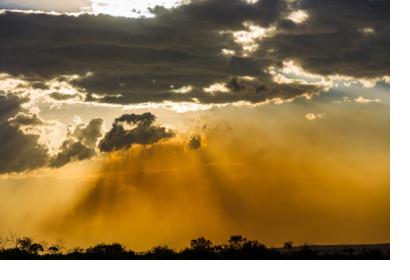The Copernicus Atmosphere Monitoring Service (CAMS) forecasted large-scale Saharan dust transport across Europe for the weekend of April 6th. Their forecast indicated that particulate matter concentrations (PM10) across most of the Iberian Peninsula, southeastern France, Germany, and Scandinavia would increase due to the incoming dust. Reality also demonstrated that in several countries, people were affected by degraded air quality, hazy skies, and deposits on surfaces such as cars. As pointed out by a scientist from the Copernicus Atmosphere Monitoring Service, pointed out that this increase in the frequency and intensity of Saharan dust could be attributed to changes in atmospheric circulation patterns.
Satellite technology plays a crucial role in forecasting and monitoring dust transportation from the Sahara Desert. It enables the monitoring of the severity of events and tracking long-range dust transportation on a global scale. Such 24/7 air quality forecast data enhances informed decision-making processes among aid citizens and policymakers.

In February 2024, CAMS also unveiled the so-called "Aerosol Alert Service". It is a free-to-use service developed by the Norwegian Meteorological Institute to provide daily aerosol alerts at a global scale up to three days in advance. This tool provides users with timely information on aerosol events such as forest fires, dust storms and anthropogenic pollution episodes.


